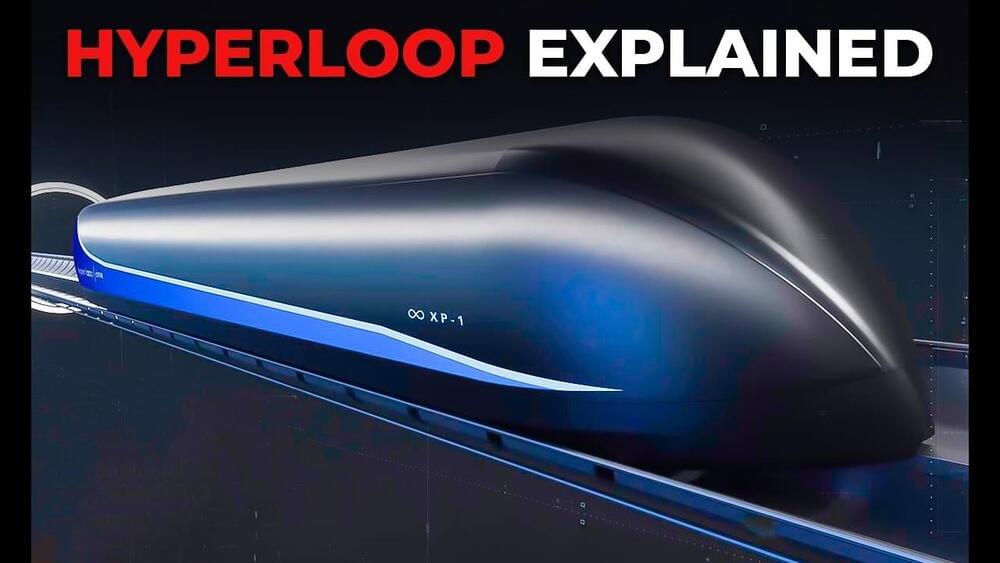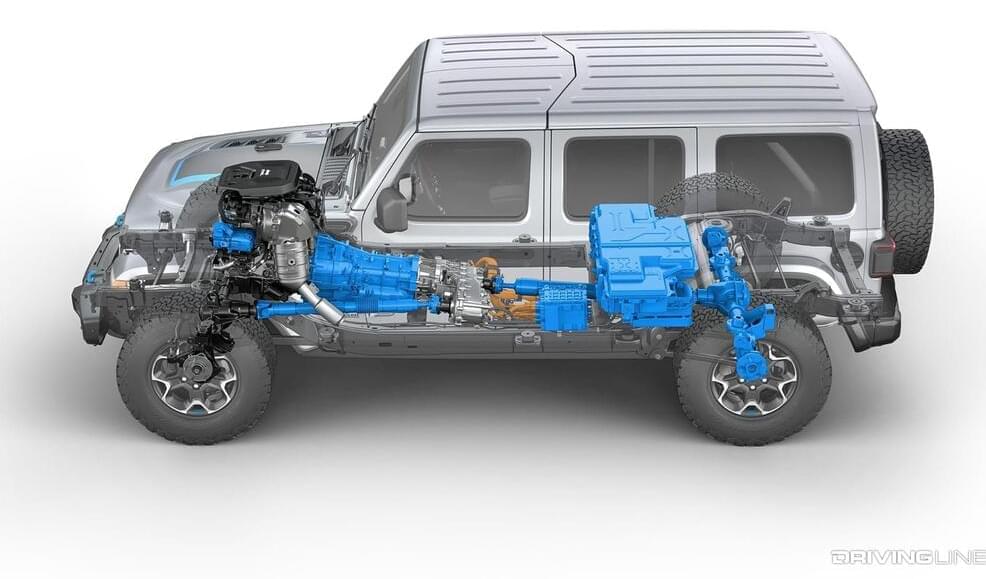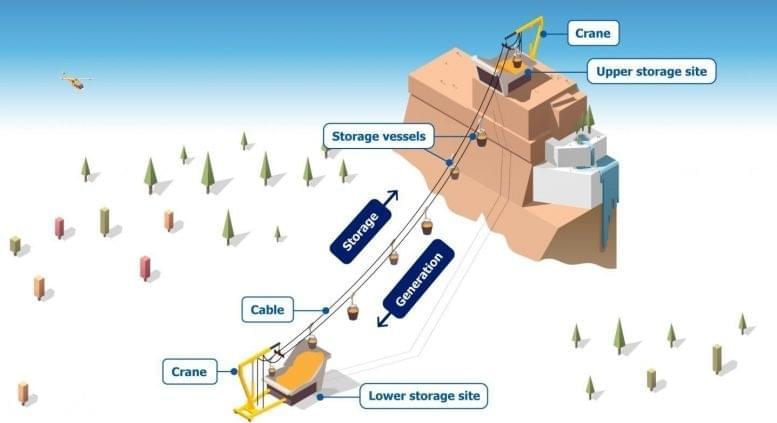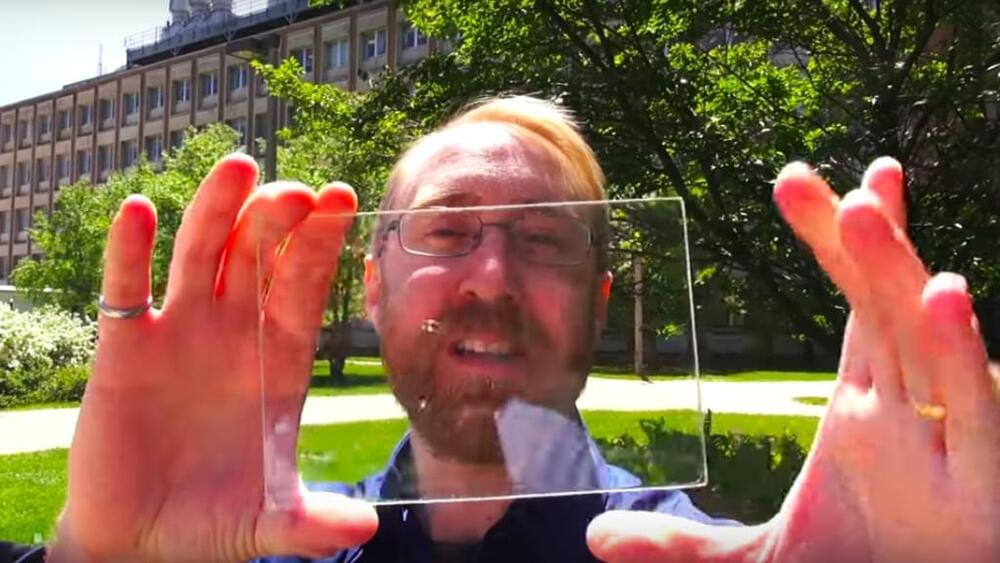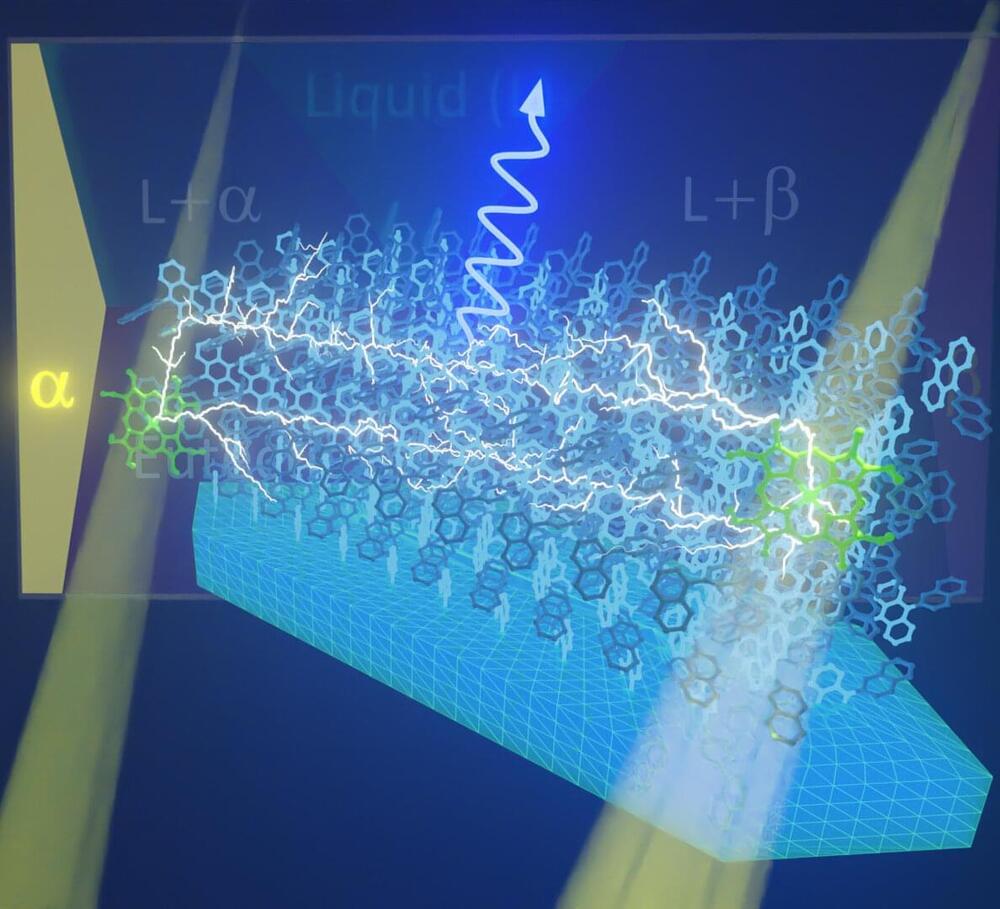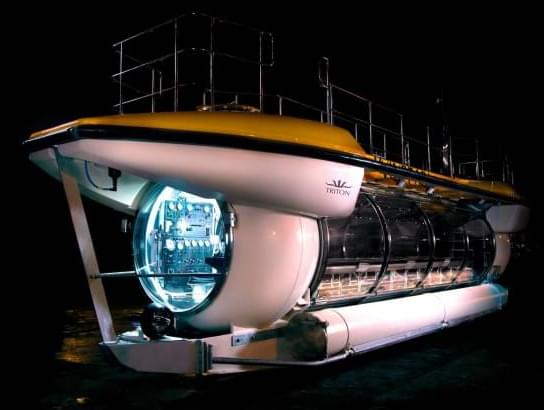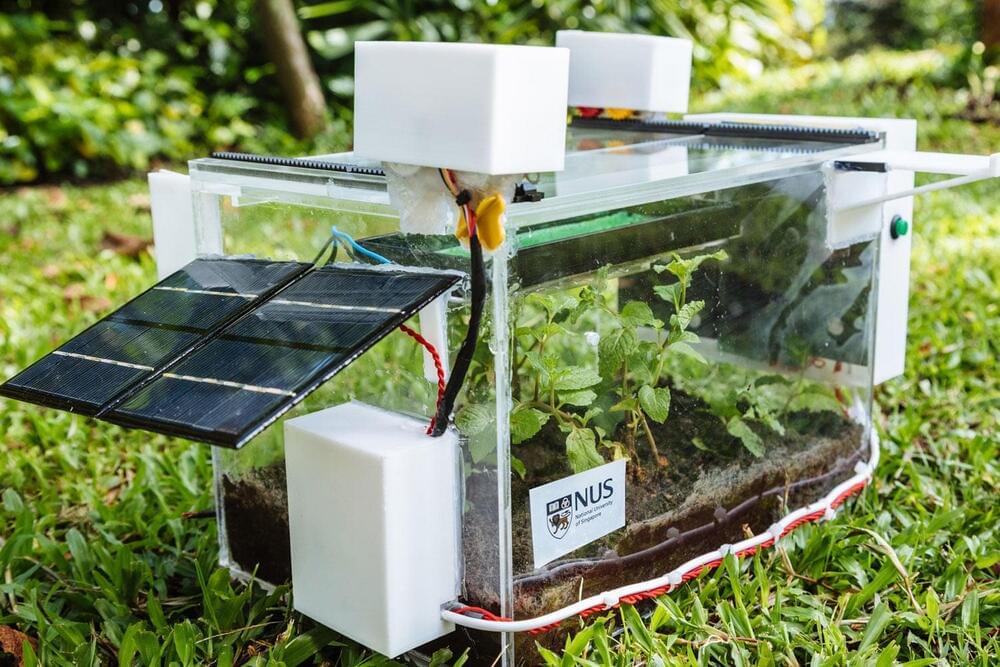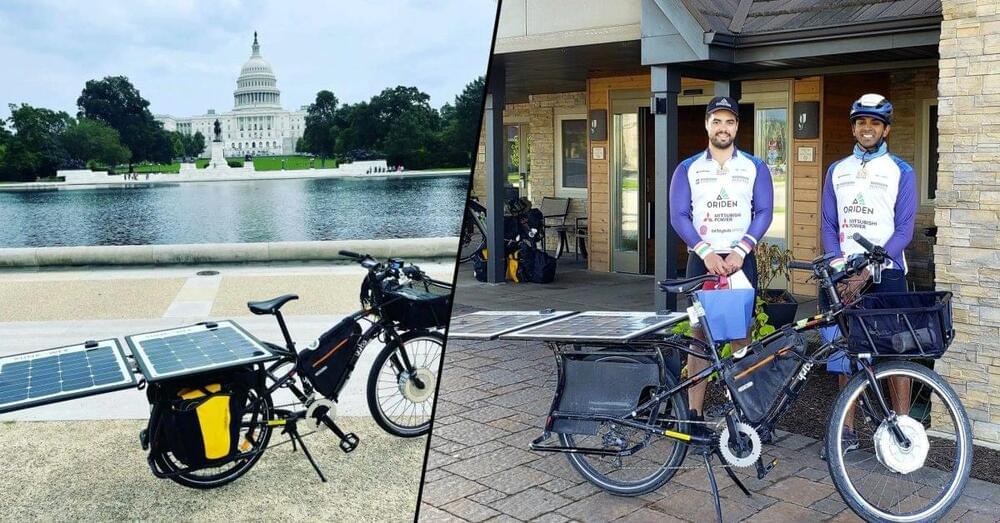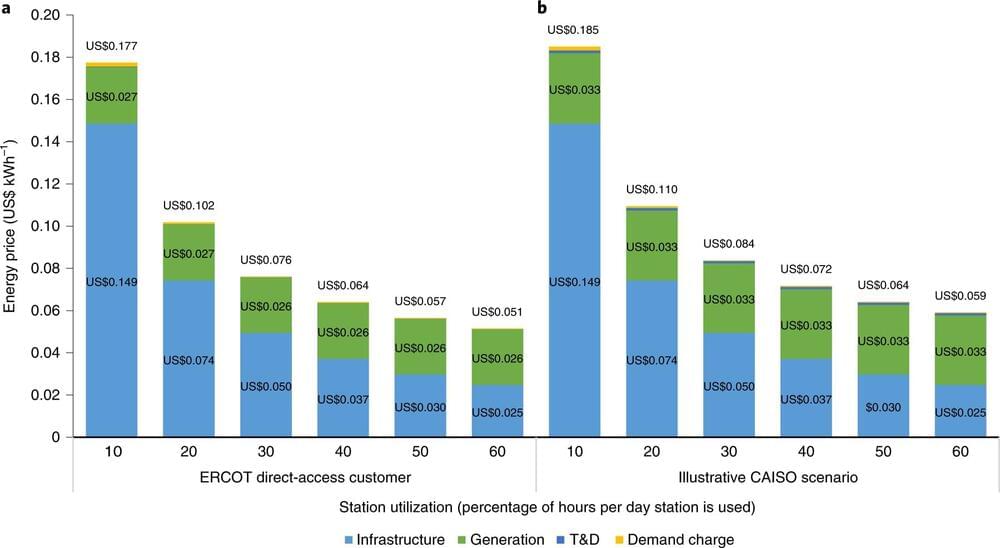Nov 28, 2021
Can Elon Musk’s 700 MPH Hyperloop Concept Be The Fastest Way To Travel?
Posted by Shubham Ghosh Roy in categories: Elon Musk, space travel, sustainability
Can Elon Musk become the leader of all kinds of human transportation in the future?
In today’s video we look at Can Elon Musk’s 700 MPH Hyperloop Concept Be The Fastest Way To Travel?…Keep watching to see hyperloop, virgin hyperloop, elon musk hyperloop, hyperloop elon musk, hyperloop one, hyperloop transportation technologies, hyperloop train, hyperloop test, the hyperloop may disrupt more than just travel, virgin hyperloop one, hyperloop technology, hyperloop travel, hyperloop test launch, hyperloop elon, hyperloop speed, hyperloop dubai, hyperloop explained, tesla hyperloop, hyperloop may disrupt more than just travelSubscribe for the latest news on Elon Musk, Tesla, and SpaceX. Inspired by Tech Space, Tech Vision, Futurity, and Now you know.
Continue reading “Can Elon Musk’s 700 MPH Hyperloop Concept Be The Fastest Way To Travel?” »
